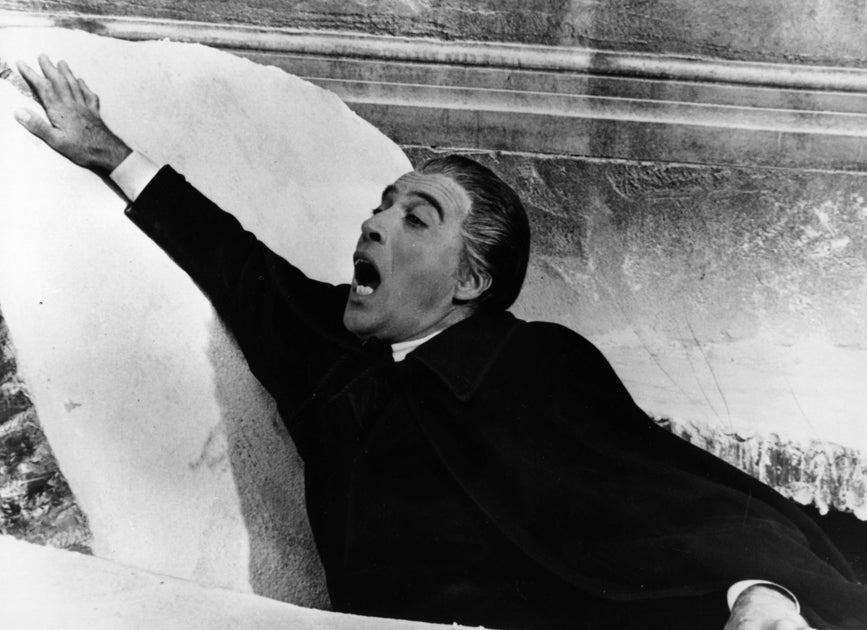‘Vampire' graveyard? Heads placed between legs of decapitated skeletons found in Poland
Rearrangement indicates ancient execution rituals designed to ensure the dead do not return to life, say archaeologists

In an archaeological finding a world away from the car park in Leicester that proved the final resting place of Richard III – or, more accurately, an underworld away - a group of Polish historians claim to have found a 'vampire' burial ground on a construction site in the south of the country.
The grisly discovery, made in Gliwice - a town near the Czech Republic border, includes four decapitated skeletons with their heads placed on their legs. Archaeologists say this bizarre anatomical rearrangement is indicative of ancient execution rituals designed to ensure the dead do not return to life.
The age and fate of the bodies is still open to speculation, though records of long-passed Slavic communities suggest those accused of vampirism would be decapitated or hung from a gallows until decomposition naturally severed the head.
Dr Jacek Pierzak, one of the archaeologists on the site, said the skeletons were found with no jewellery, belt buckles or buttons, which makes dating the ‘vampires’ difficult. “It's very difficult to tell when these burials were carried out,” he told a local newspaper.
The remains have been sent for further testing but initial estimates suggest they died sometime around the 16th century.
Unlike the classic Count Dracula image of a blood-sucking aristocrat with slicked-hair and a penchant for all things red, the definition of a vampire in the Middle Ages was almost all-encompassing. Accusations of allegiance with the undead were particularly common as villages transitioned from Paganism to Christianity, when conformity to the old customs was enough to raise suspicion.
Bulgaria’s national museum chief, Bozidhar Dimitrov, said as many as 100 ‘vampire corpses’ had been found in the region in recent years. “They illustrate a practice which was common in some Bulgarian villages up until the first decade of the 20th century,” he explained.
Subscribe to Independent Premium to bookmark this article
Want to bookmark your favourite articles and stories to read or reference later? Start your Independent Premium subscription today.

Join our commenting forum
Join thought-provoking conversations, follow other Independent readers and see their replies